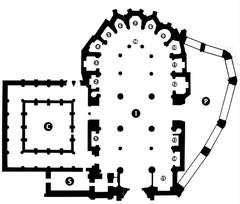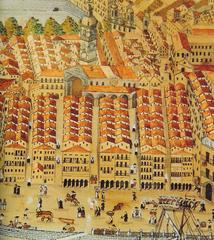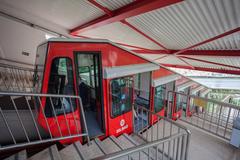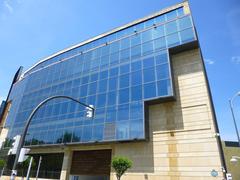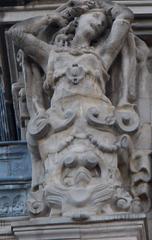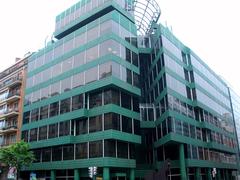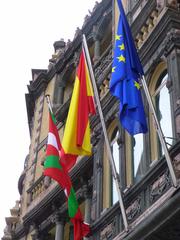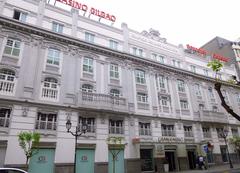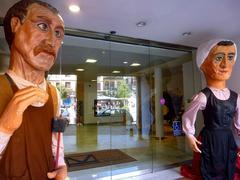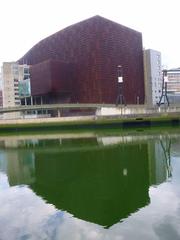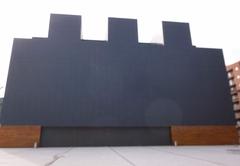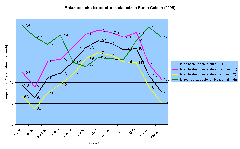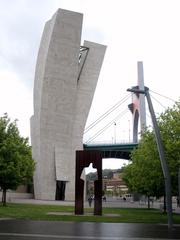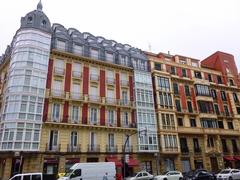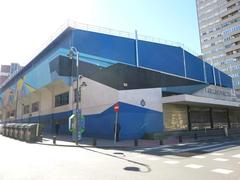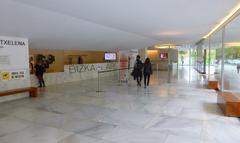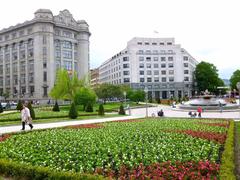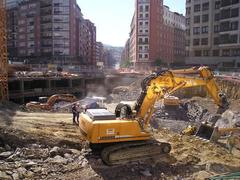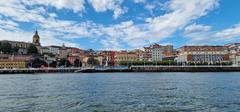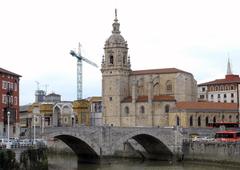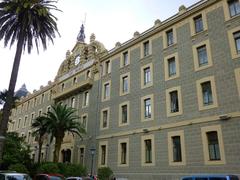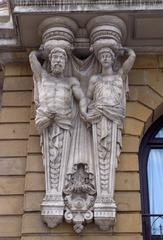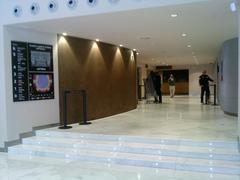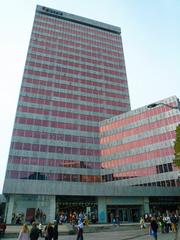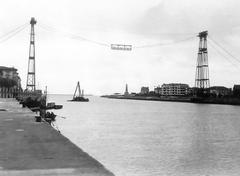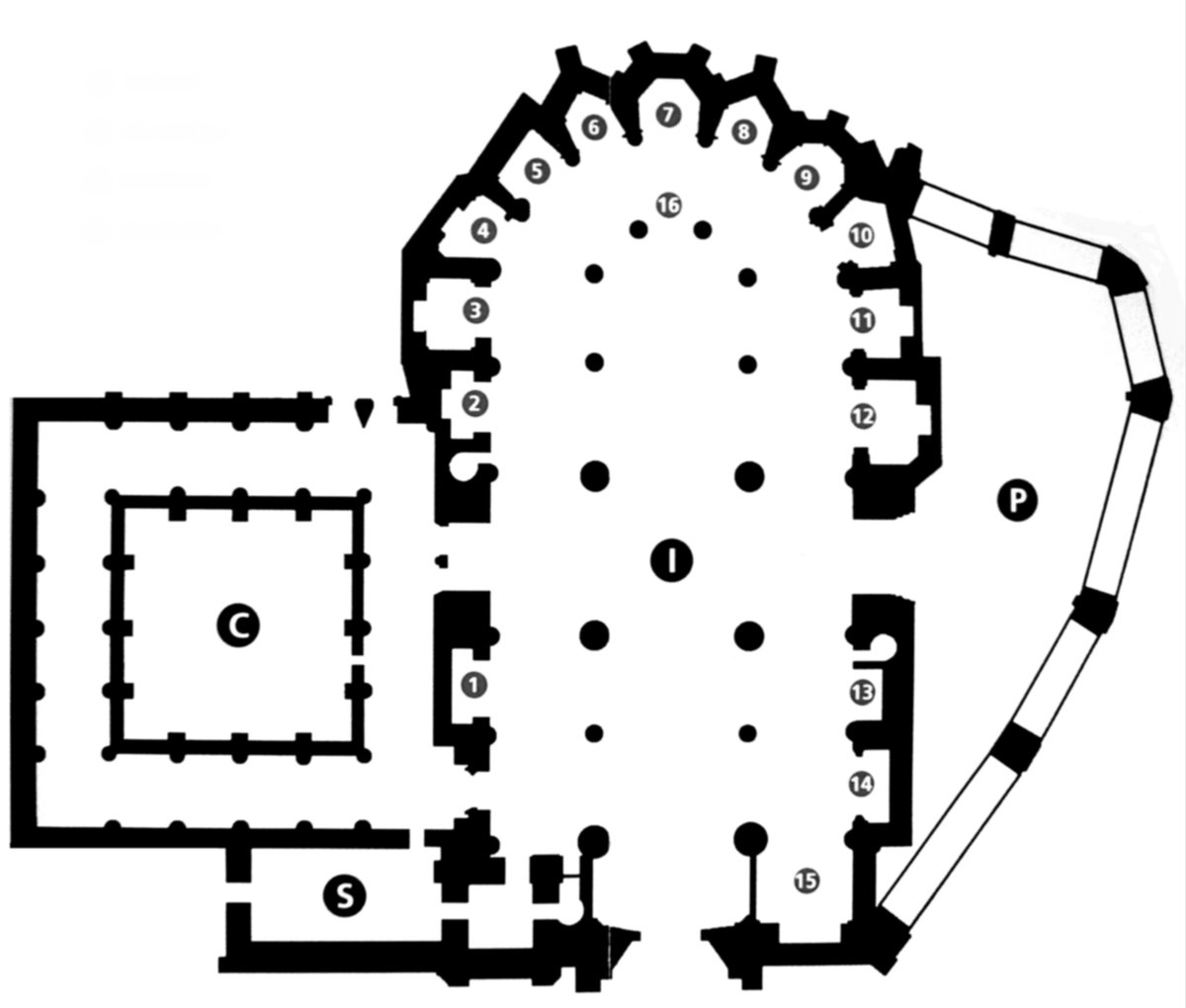
Guide to Visiting Catedral de Santiago in Bilbao, Spain
Date: 18/07/2024
Introduction
The Catedral de Santiago, also known as Done Jakue katedrala in Basque, is an architectural and historical gem nestled in the heart of Bilbao, Spain. This iconic landmark offers a glimpse into the city’s rich religious heritage and its pivotal role along the Camino de Santiago pilgrimage route. The cathedral’s construction, which began in the late 14th century and extended into the early 16th century, showcases an eclectic blend of Gothic, Renaissance, and Neo-Gothic architectural styles, reflecting the evolving tastes and historical epochs it has witnessed (UNESCO).
Bilbao, a city renowned for its vibrant cultural scene and historical significance, is home to the Catedral de Santiago, which stands as a testament to the city’s enduring faith and resilience. The cathedral’s intricate architecture, adorned with pointed arches, ribbed vaults, and stained-glass windows, alongside its significant artifacts such as the Reliquary of Saint James and the tranquil cloister, make it a must-visit destination for history enthusiasts and spiritual seekers alike. This comprehensive guide aims to provide visitors with all the essential information needed to explore this magnificent cathedral, including its historical background, visiting hours, ticket prices, travel tips, nearby attractions, and accessibility options.
Table of Contents
- Introduction
- Historical Background and Significance
- Visitor Information
- Special Events and Guided Tours
- Photographic Spots
- Conclusion
- FAQs
Historical Background and Significance
Early Beginnings and the Camino de Santiago
The Cathedral’s roots trace back to the late 14th century, a period when Bilbao thrived as a vital port on the Northern Way of the Camino de Santiago (UNESCO). This pilgrimage route, leading to the tomb of St. James in Santiago de Compostela, drew countless travelers through Bilbao, solidifying the city’s religious significance.
Historical records suggest that a modest church dedicated to St. James existed on the site before the Cathedral’s construction. This church, likely built around the 14th century, served the growing community of pilgrims and locals.
From Parish Church to Cathedral
Over time, as Bilbao’s prosperity and population grew, so did the need for a larger, grander place of worship. This led to the construction of the current Cathedral, a project spanning over a century, from the late 14th to the early 16th century.
The Cathedral’s architecture reflects this gradual evolution. While its core structure showcases the Gothic style prevalent during its initial construction phase, later additions, like the main facade and the tower, incorporate Renaissance elements, illustrating the changing architectural tastes over time.
In 1949, the Cathedral received a significant honor, becoming the seat of the Diocese of Bilbao. This elevation from a parish church to a cathedral underscored its importance not just as a religious center but also as a symbol of Bilbao’s growing influence and stature.
Enduring Challenges and Restorations
The Cathedral’s journey through the centuries hasn’t been without its share of challenges. Fires, floods, and even an earthquake in 1852 have tested its resilience, leaving their mark on its structure.
However, each setback was met with a renewed commitment to restoration and preservation. The late 19th and 20th centuries witnessed extensive renovations, ensuring the Cathedral’s structural integrity while preserving its historical and artistic treasures.
Visitor Information
Visiting Hours and Tickets
The Catedral de Santiago is open to visitors daily, with varying hours depending on the season. Generally, the opening hours are from 10:00 AM to 7:00 PM. It is advisable to check the official website or contact the Cathedral directly for the most up-to-date information on visiting hours.
Tickets can be purchased on-site or online. General admission is typically around €5, with discounts available for students, seniors, and groups. Special guided tours are also available, providing deeper insights into the Cathedral’s history and architecture.
Travel Tips and Nearby Attractions
The Cathedral is located in Bilbao’s historic Casco Viejo (Old Town), a vibrant area filled with narrow streets, traditional Basque taverns, and other historical landmarks. Nearby attractions include the Plaza Nueva, the Basque Museum, and the Ribera Market.
For those interested in a more extensive exploration, the Guggenheim Museum and the Fine Arts Museum are also within a short distance, offering a blend of contemporary and classical art.
Accessibility
The Catedral de Santiago is committed to being accessible to all visitors. Ramps and elevators are available for those with mobility issues. Audio guides and informational brochures are also available in multiple languages, ensuring a comprehensive experience for international visitors.
Special Events and Guided Tours
The Cathedral hosts a variety of events throughout the year, including religious ceremonies, concerts, and exhibitions. Guided tours are available in multiple languages and can be booked in advance. These tours offer a detailed look at the Cathedral’s history, architecture, and significant artifacts.
Photographic Spots
Photography is allowed inside the Cathedral, though flash photography is prohibited to preserve the art and architecture. Popular spots for capturing the essence of the Cathedral include the main altar, the stained-glass windows, and the serene chapels. The exterior, with its Gothic and Renaissance elements, also provides stunning photographic opportunities.
Conclusion
Today, the Catedral de Santiago stands tall as a symbol of Bilbao’s enduring faith and resilience. Its soaring arches, intricate stained-glass windows, and serene chapels offer a glimpse into the city’s spiritual heart, while its architectural evolution narrates the story of Bilbao’s transformation through the ages.
More than just a religious monument, the Cathedral serves as a cultural hub, hosting concerts, exhibitions, and events that draw locals and tourists alike. Its central location in the Casco Viejo, the city’s historic quarter, makes it an integral part of Bilbao’s vibrant tapestry.
FAQs
Q: What are the visiting hours for the Catedral de Santiago?
A: The Cathedral is generally open from 10:00 AM to 7:00 PM, but it’s best to check the official website for the most up-to-date information.
Q: How much do tickets cost?
A: General admission is around €5, with discounts for students, seniors, and groups.
Q: Is the Cathedral accessible to visitors with mobility issues?
A: Yes, the Cathedral has ramps and elevators to accommodate visitors with mobility issues.
Q: Are guided tours available?
A: Yes, guided tours are available and can be booked in advance. They offer a detailed look into the Cathedral’s history and architecture.
Call to Action
To stay updated on events and visiting information, download the Audiala mobile app, check out other related posts on our website, or follow us on social media. Plan your visit to the Catedral de Santiago today and experience one of Bilbao’s most iconic historical sites.
References
- UNESCO World Heritage Centre. (n.d.). Routes of Santiago de Compostela: Camino Francés and Routes of Northern Spain. Retrieved from UNESCO
